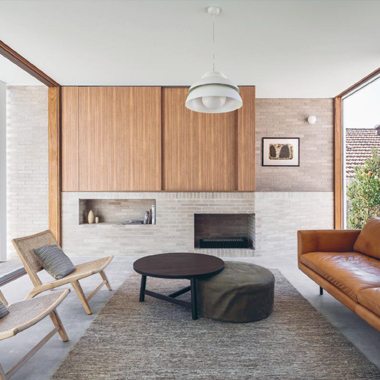Why Brick?
The use of clay bricks dates back over thousands of years. The beauty and durability of kiln fired clay bricks adds these qualities to your building or structure.

Clay is Still the Best

ENERGY EFFICIENCY
When designing a structure for occupants, human thermal comfort, is an imperative function to consider for engineers and architects alike. Bricks, concrete and tiles are high density materials which means they have an ability to effectively absorb and store heat energy.

NOISE CONTROL
Noise from inside or outside a house is best blocked out by Brick – whether it’s the garbage truck outside at 5 am or your teenager’s drum kit at 11 pm, you can enjoy more peace and quiet in your own home.

DURABILITY
As one of the oldest building materials, bricks remain strong and look better with age, like fine wine. The Great Wall of China is a brick structure that has maintained its strength for more than 2000 years. Bricks have kept New Zealand homes safe, comfortable and protect against extreme climates of heat & cold, floods, fire, severe storms and draughts.
The Sustainable Choice

BRICK ENDURES FOR GENERATIONS
Long before ‘sustainability’ became a consideration for most people, builders and homeowners were choosing clay bricks for their remarkable durability and minimal maintenance needs over time.

SUSTAINABLE MANUFACTURING
Over the past thirty years the manufacture of bricks has improved dramatically, contributing to the inherent sustainability of the product. Manufacturing plants have been re-engineered to make use of highly efficient tunnel kilns and all waste is recycled within the plant.

RECYCLING BRICKS
Bricks can be reused or recycled in three ways. Firstly because of their longevity and durability, brick buildings can often be renovated for different purposes, removing the need to construct a whole new building with all its associated environmental impacts. Secondly bricks can be salvaged, cleaned and reused to build new buildings, paving and landscaping. Thirdly old bricks can be recycled into new bricks or into other building materials such as aggregate for concrete, for landscaping or as sub-base for pavements or roads.
